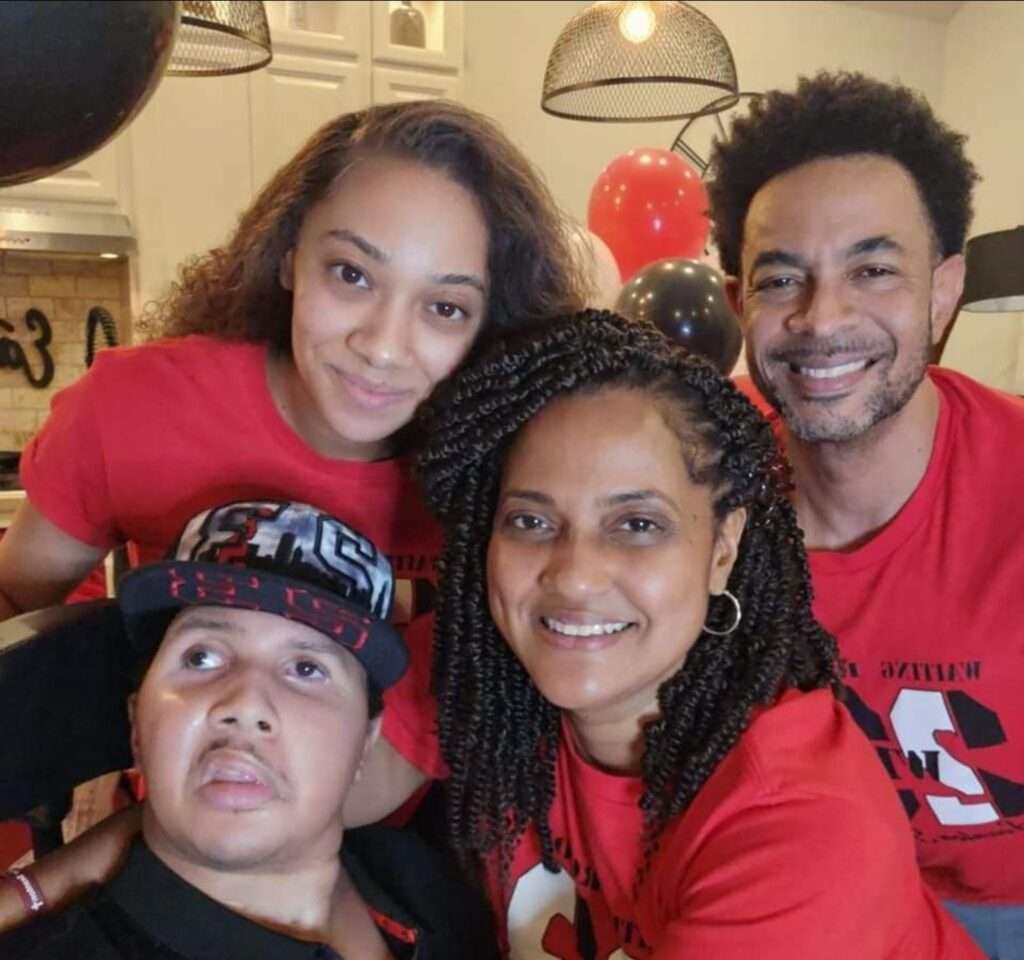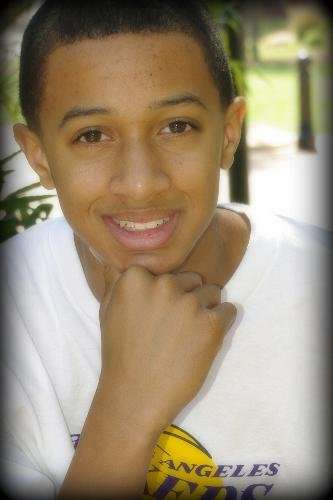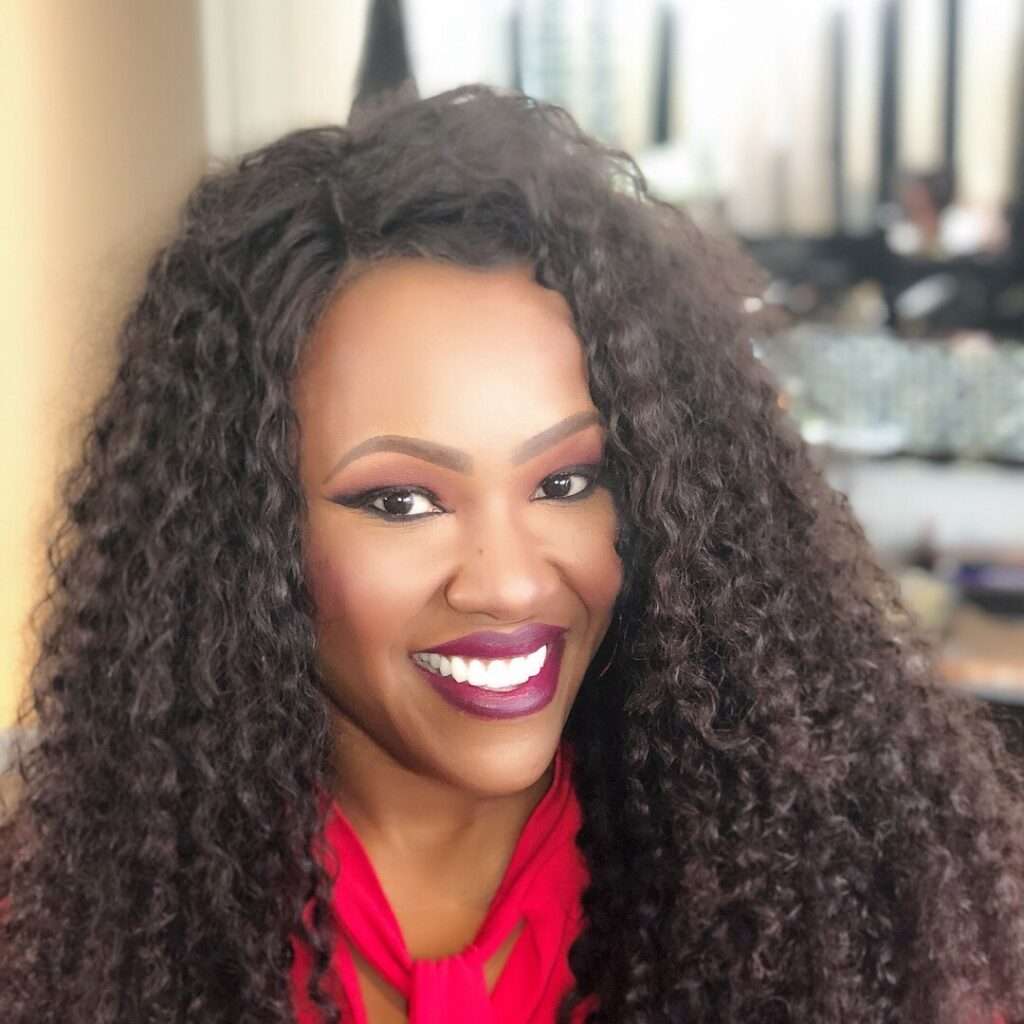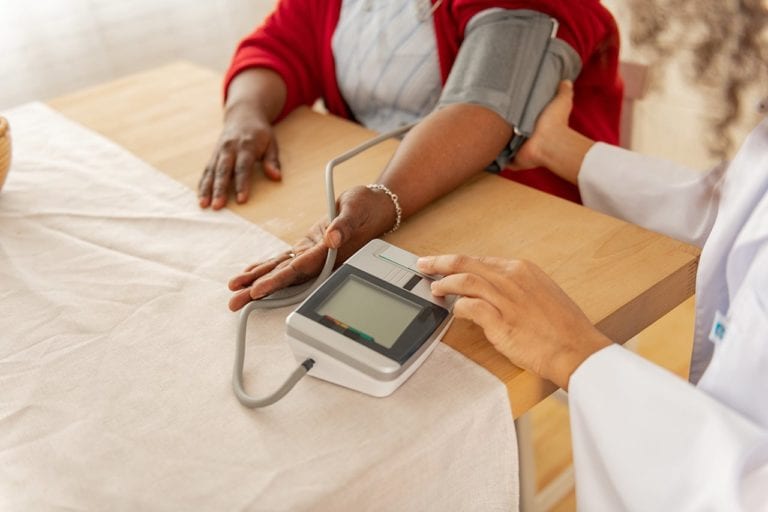Gun safety isn’t just a policy issue—it’s a matter of life and death impacting countless families across the nation. Firearms have tragically become the leading cause of death for children and teens aged 1 to 19 in the United States. Recent years have seen a troubling rise in firearm injuries and fatalities, impacting our youth at an alarming rate. Gun-related deaths among Black youth have tragically surged, with a disturbing 108.3% increase from 2013 to 2020. This is in stark contrast to the 47.8% rise seen among white youth during the same period. For our communities, gun safety must transcend mere discussion—it’s an urgent call to action to safeguard our children and prioritize firearm safety.
The Jorden family knows all too well the heart-wrenching consequences of unsecured guns. Their world shattered on a seemingly ordinary Friday evening, June 11, 2010, when 15-year-old Seanton Jorden was shot point-blank in the head with a pellet gun at a friend’s home while playing video games. Seanton had visited this friend’s home before, but on that day, his mother Latrice had an unsettling feeling and asked Seanton if his friend’s house had any guns. Seanton mentioned a pellet gun, and Latrice firmly advised him to come home immediately if he saw it out.
Hours later, Devon Jorden received a phone call that would forever haunt him. It wasn’t Seanton on the other end but the uncle who lived in the friend’s home, delivering the devastating news that Seanton had been shot in the head with a pellet gun and was being LifeFlighted to Memorial Hermann.
It wasn’t the homeowner’s child who pulled the trigger, but another friend who had come over to play video games. The pellet gun, lying unsecured in the boy’s room, resulted in Seanton suffering a traumatic brain injury. This tragic incident underscores a critical lesson—every gun, even a pellet gun, must be secured. You never know the thoughts and actions of other people’s children. Gun safety is paramount; it’s a matter of protecting our children and teens from preventable firearm injuries.
Why was the pellet gun not secured? Perhaps the family underestimated its danger or assumed their child knew better. There’s a dangerous myth that non-powder guns like BB, pellet, and paintball guns are just toys. But these guns, which can fire at the speed of traditional guns, lead to nearly 22,000 injuries each year, especially eye injuries.
The community needs to wake up to some critical truths about gun safety:
- Some parents believe that hiding their guns will prevent children from accessing them. However, 75% of children who live in homes with guns know where they are stored.
- Many parents think their children are not capable of firing a gun. However, children as young as 3 years old may be strong enough to pull the trigger of a handgun.
- Parents believe their children know the difference between real guns and toy guns, but in 16% of unintentional firearm deaths among children younger than 13 years of age, the gun was mistaken for a toy.
- Parents often believe their child would not touch a gun because “he knows better.” However, studies have found that most children will handle a gun if they find one, even if they have been taught not to.
Source: Nationwide Children’s Hospital
Gun safety isn’t optional—it’s essential to prevent firearm injuries among our children and teens.
Parents have both a legal and moral duty to prevent gun incidents by ensuring their firearms are safely secured. The case of James Crumbley highlights the dire consequences of neglecting this responsibility. James, the father of the Oxford High School shooter, was recently found guilty of involuntary manslaughter—a landmark decision in the U.S. His failure to secure the gun used in the shooting and to seek the necessary mental health support for his son ended in a devastating loss of innocent lives. His wife, Jennifer, also faced the same charges, and both parents were sentenced to at least 10 years in prison. Shockingly, they are the first parents in the U.S. to be convicted in a mass school shooting.
“I agree 100% with the decision,” said Devon. “Parents are fully responsible for their children’s actions. Knowing their son had mental health issues, the Crumbleys should never have had an unsecured gun at home. This case should serve as a wake-up call for all parents to be more vigilant about gun safety.”
Around one-third of U.S. homes with children have guns, and alarmingly, about 4.6 million kids live in households with unlocked, loaded firearms. Imagine the danger when even toddlers can stumble upon these guns and have the strength to pull the trigger. You might not fully grasp the magnitude of this risk, but it’s a serious one. Studies show that simply teaching kids about gun safety or telling them not to touch a firearm isn’t enough. To truly protect your loved ones, ensure all guns are locked and unloaded, with ammunition stored separately. Keep the keys or combinations out of reach of curious hands. And never leave loaded, unlocked guns in your car or anywhere on your property.

Devon has some crucial advice for parents before letting their kids visit a friend’s house.
“We wish we had discussed gun safety with the adults in the home where our son was injured. If we had, we might have avoided what we’ve been going through for 14 years. Just as you would talk to a friend’s parent about your child’s food allergies to ensure they aren’t exposed to harmful foods, a conversation about secured guns and firearm injuries should be just as common in our society today.”
Every year, over 21,000 children and teens in our country are tragically shot, either losing their lives or getting injured. With summer here, your kids might be home alone, visiting friends, or having friends over while you’re at work. Now is the perfect moment to talk about gun safety if you haven’t already. Keep the conversation simple, regular, and clear. If you’re unsure how to start, Project ChildSafe offers excellent guidance.
The Jordens are not against guns or gun ownership. Their powerful message, “Secured Guns Are Safe Guns,” is a heartfelt plea for responsibility. They never imagined such an incident could touch their family. Now, they share their story, hoping to prevent other families from enduring a similar tragedy.
“Seanton told me before his injury, in a prophetic way, that he believed something BIG was going to happen to him, sparking a revival led by our family,” Devon said. “I dream that this revival will create a change that will impact millions, change how we think about gun safety, make secured guns the norm in households across the country, and save countless lives.”
For a deeper look into the Jorden family’s emotional journey, visit www.seantonsstory.com. Devon’s book, “Waiting Room: The Seanton Jorden Story,” is available on Amazon, Barnes & Noble, and Walmart.
Source(s):
- Nationwide Children’s Hospital
- U.S. Centers for Disease Control and Prevention
- Everytown for Gun Safety Action Fund
- Pew Research Center
- KFF
- CBS News
- The Associated Press
- HealthyChildren.org
- Nimhd.nih.gov
Dawn Paul, also known as The Dr. Dawn®, is an award-winning media personality, public speaker, certified life coach, author, and entrepreneur. She has extensive experience in writing, reporting, and editing for the Black press. Dawn is a member of the National Association of Black Journalists (NABJ) and has received the Texas Southern University Bless the Mic honor and the President Joseph R. Biden Lifetime Achievement Award. Follow her on social media at @TheDrDawn.











